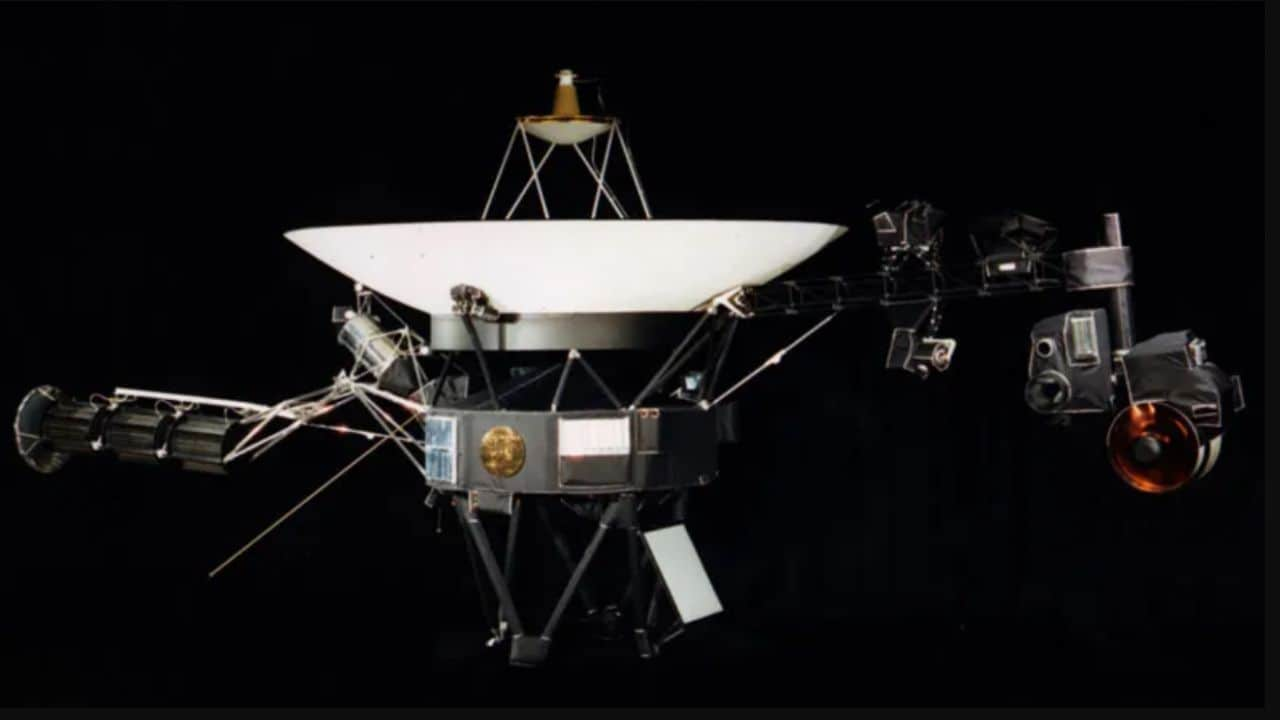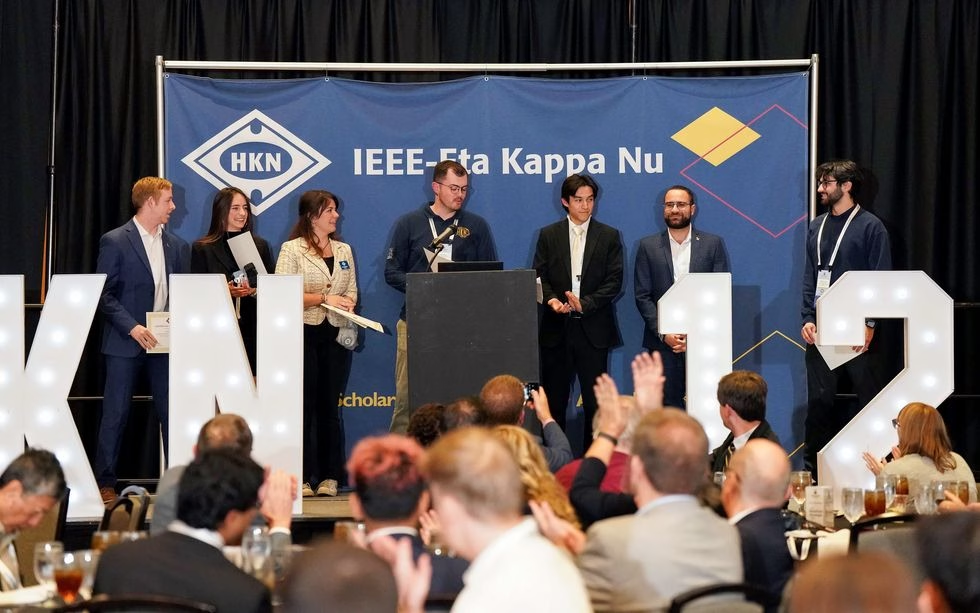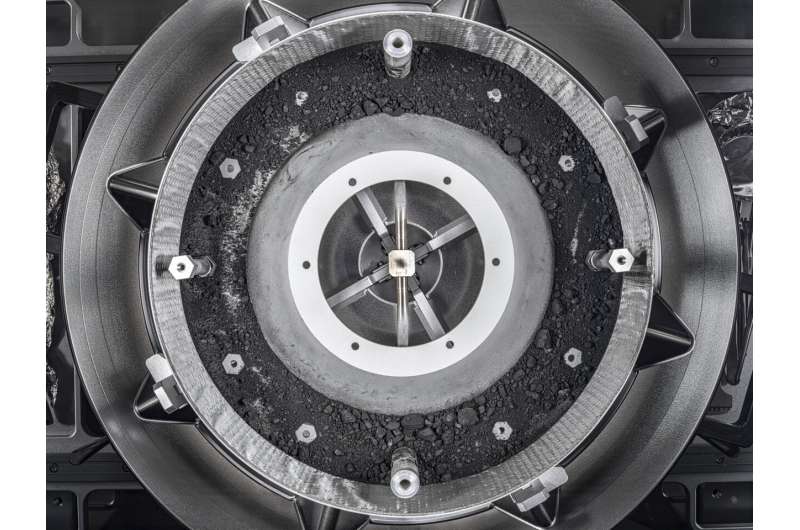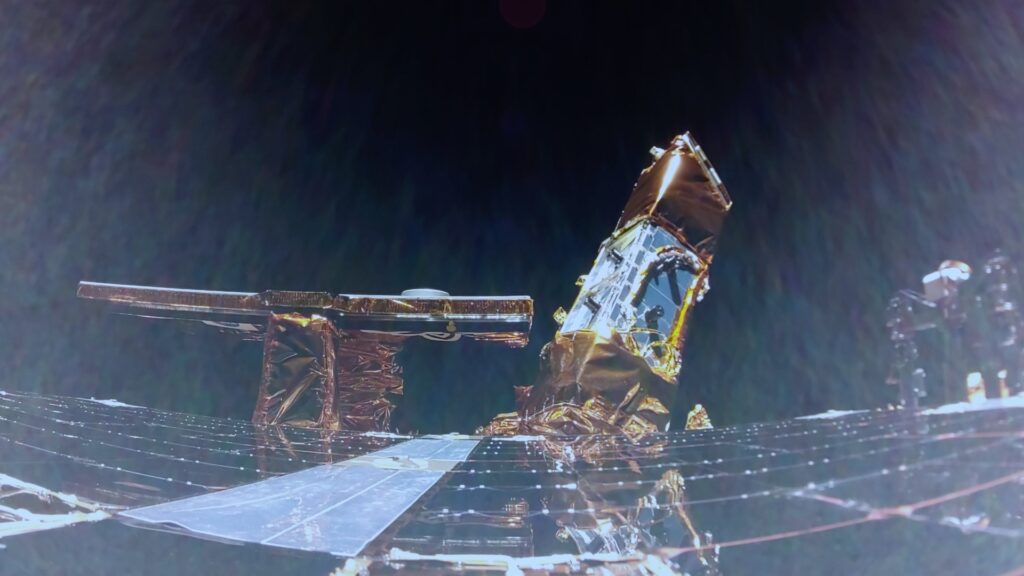NASA powers down key instrument on Voyager 2, the only spacecraft to visit Uranus and Neptune

NASA Space Technology
HomeIndia NewsScience NewsNASA powers down key instrument on Voyager 2, the only spacecraft to visit Uranus and Neptune
NASA Space Technology Voyager 2, launched in 1977, has made historic contributions to our understanding of the outer planets, being the only spacecraft to have visited Uranus and Neptune. It made its closest approach to Uranus on January 24, 1986, and then flew by Neptune on August 24, 1989.
 By Anand Singha October 2, 2024, 10:10:20 PM IST (Updated)
By Anand Singha October 2, 2024, 10:10:20 PM IST (Updated)

NASA has recently switched off a key scientific instrument on its Voyager 2 spacecraft in a bid to conserve power for continued exploration. The agency announced the decision on October 1, following the powering down of the plasma science instrument, which measures the flow of charged atoms, in late September. This strategic move is intended to extend the spacecraft’s operational life well into the 2030s.
Voyager 2, launched in 1977, has made historic contributions to our understanding of the outer planets, being the only spacecraft to have visited Uranus and Neptune. It made its closest approach to Uranus on January 24, 1986, and then flew by Neptune on August 24, 1989.
Along with its twin, Voyager 1, it is now traversing interstellar space—the vast region between stars.
NASA had previously shut down several instruments on both Voyagers after their successful missions exploring the gas giants in the 1980s. Notably, the plasma instrument on Voyager 1 ceased functioning in 2007.
Despite the recent shutdown, Voyager 2 will continue to operate four remaining instruments, which are tasked with gathering critical data on magnetic fields and particles in the regions beyond the Sun’s protective bubble.
As of now, Voyager 2 is located over 12 billion miles (19.31 billion kilometres) from Earth, while Voyager 1 is even farther at more than 15 billion miles (24.14 billion kilometres).
ALSO READ: NASA implements power hack to extend Voyager 2 mission beyond 2026
First Published:
Oct 2, 2024 10:04 PM
IS
Discover more from Tamfis Nigeria Lmited
Subscribe to get the latest posts sent to your email.



 Hot Deals
Hot Deals Shopfinish
Shopfinish Shop
Shop Appliances
Appliances Babies & Kids
Babies & Kids Best Selling
Best Selling Books
Books Consumer Electronics
Consumer Electronics Furniture
Furniture Home & Kitchen
Home & Kitchen Jewelry
Jewelry Luxury & Beauty
Luxury & Beauty Shoes
Shoes Training & Certifications
Training & Certifications Wears & Clothings
Wears & Clothings
















